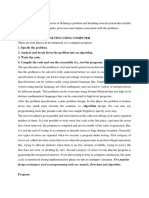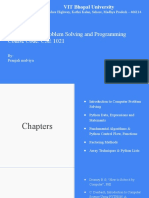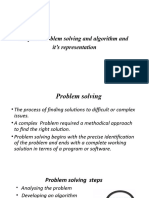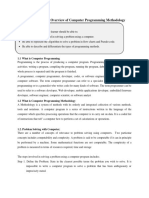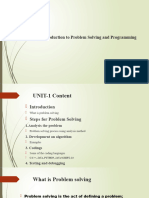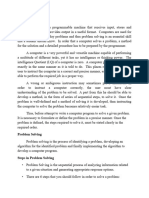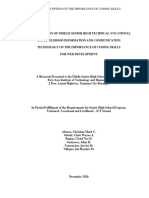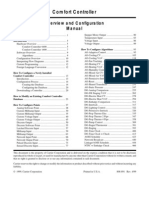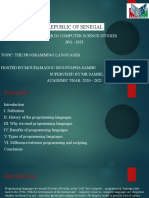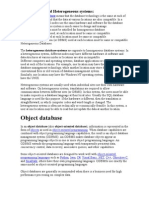0% found this document useful (0 votes)
24 views7 pagesCSC121 Module 3
The document outlines the steps in program development, including problem definition, algorithm design, coding, testing, debugging, and documentation. It emphasizes the importance of algorithms, their properties, and the use of pseudocode for clarity and communication in software development. Additionally, it provides examples of algorithms for various mathematical operations and problem-solving exercises.
Uploaded by
idowuabdulbasit4realCopyright
© © All Rights Reserved
We take content rights seriously. If you suspect this is your content, claim it here.
Available Formats
Download as PDF, TXT or read online on Scribd
0% found this document useful (0 votes)
24 views7 pagesCSC121 Module 3
The document outlines the steps in program development, including problem definition, algorithm design, coding, testing, debugging, and documentation. It emphasizes the importance of algorithms, their properties, and the use of pseudocode for clarity and communication in software development. Additionally, it provides examples of algorithms for various mathematical operations and problem-solving exercises.
Uploaded by
idowuabdulbasit4realCopyright
© © All Rights Reserved
We take content rights seriously. If you suspect this is your content, claim it here.
Available Formats
Download as PDF, TXT or read online on Scribd
/ 7
